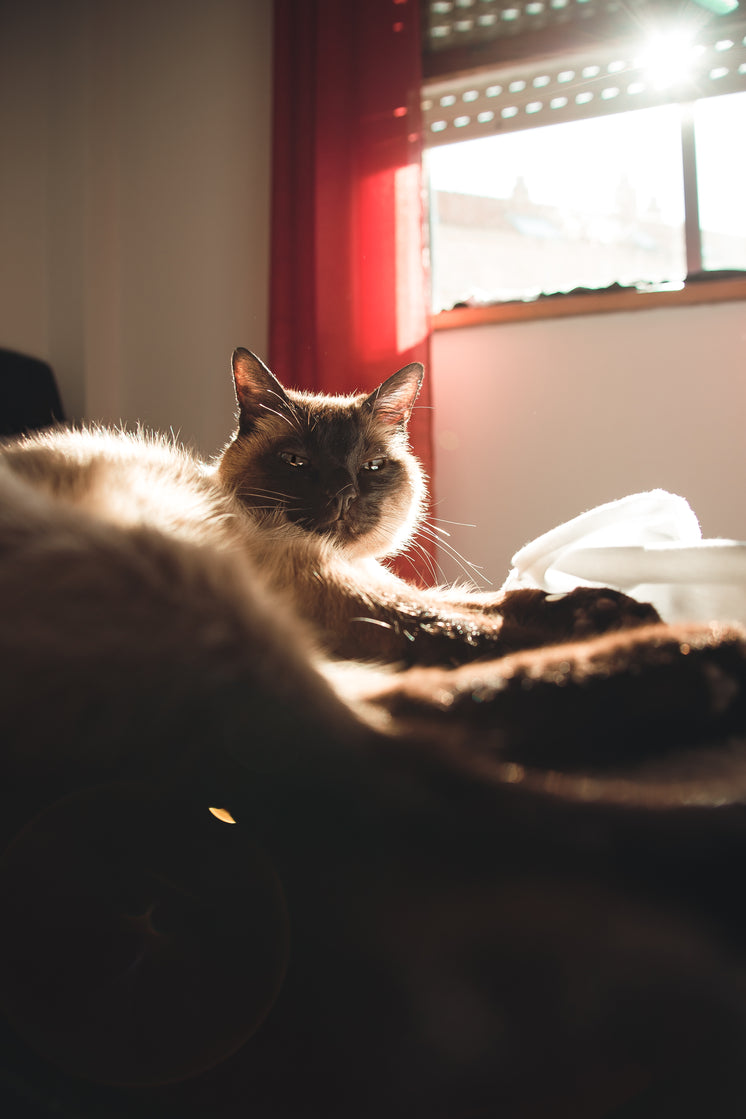The Economics of Cat Litter: Cost-Effective Solutions
The Economics of Cat Litter: Cost-Effective Solutions
Blog Article

Cat litter and litter boxes play an essential role in the lives of both felines and their owners. From the modest beginnings of sand and soil to the innovative developments these days, the world of cat litter has actually evolved considerably. In this detailed guide, we explore every element of cat litter and litter boxes, exploring their history, types, advantages, challenges, and everything in between.
The history of cat litter dates back centuries, with ancient civilizations using sand, soil, and even ashes as primitive litter materials. However, it wasn't until the mid-20th century that contemporary cat litter as we know it emerged. In 1947, Edward copyright introduced the world's first industrial cat litter made from absorbent clay, reinventing the method felines relieved themselves inside. Given that then, cat litter has actually gone through many improvements, with the intro of clumping litter, silica gel litter, eco-friendly alternatives, and more.
Today, feline owners are spoiled for choice when it comes to selecting the right litter for their feline companions. Traditional clay litter stays popular for its price and efficiency in soaking up smells. Clumping litter, which forms solid clumps when wet, simplifies cleaning and upkeep. Silica gel litter, made up of extremely absorbent silica crystals, provides exceptional odor control and durability. Eco-friendly alternatives, such as recycled paper, wood pellets, corn, and wheat, attract environmentally conscious customers.
Each kind of cat litter provides distinct advantages. Clay litter masters its capability to take in moisture and control smells, making it a reliable option for lots of cat owners. Clumping litter simplifies daily scooping and extends the time in between complete Pine Pellet Cat Litter litter changes. Silica gel litter supplies remarkable odor control and can last longer in between replacements. Naturally degradable litters offer a sustainable option that lessens environmental effect.
While cat litter improves indoor feline hygiene, it is not without its challenges. Dust from clay litter can posture respiratory threats for both cats and humans, triggering the popularity of dust-free options. Some cats may establish litter box aversion due to concerns with texture, fragrance, or cleanliness, demanding experimentation with different litters and box setups. Multi-cat homes may need strategic litter box positioning and regular maintenance to avoid territorial disputes and make sure all cats have access to tidy facilities.
Choosing the appropriate litter box is vital for promoting positive litter box routines and overall feline wellness. Factors to think about include size, ease of access, and design choices. Covered litter boxes offer privacy and assistance include odors, but some cats might find them restricting or intimidating. Open-top litter boxes provide simple access and presence but might lead to more litter scatter. Automatic self-cleaning litter boxes improve upkeep but require regular tracking and upkeep.
Appropriate litter box upkeep is important for ensuring a clean and welcoming environment for both cats and their owners. Daily scooping eliminates waste without delay, reducing smell and discouraging litter box aversion. Routine litter replacement, typically every 1-2 weeks, prevents bacterial accumulation and keeps cat litter scooper ideal absorbency. Extensive cleaning with mild cleaning agent and water, preventing harsh chemicals that may prevent felines from using the box, should be performed monthly.
Cat litter and litter boxes play a main function in cultivating a healthy and harmonious relationship between felines and their human buddies. With a varied array of litter options and litter cat litter box box designs readily available, feline owners have the flexibility to tailor their choices to fit their felines' choices and family requirements. By understanding the evolution, types, benefits, and difficulties of cat litter and litter boxes, family pet owners can supply their feline friends with a comfortable and hygienic indoor environment.